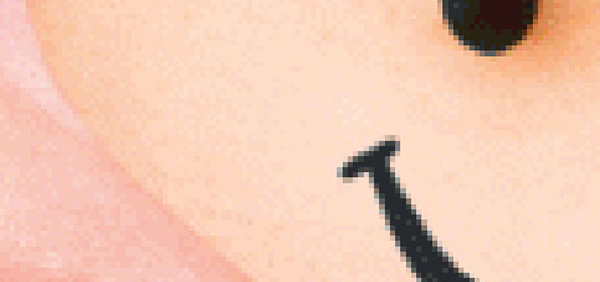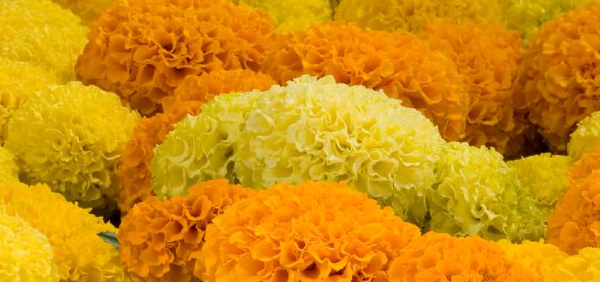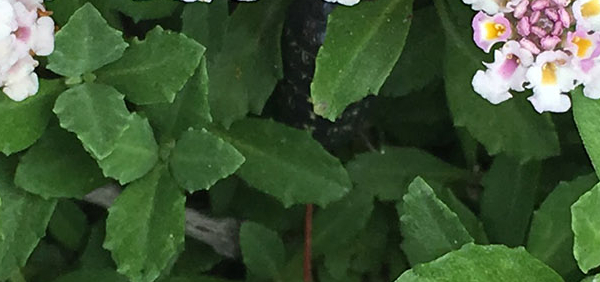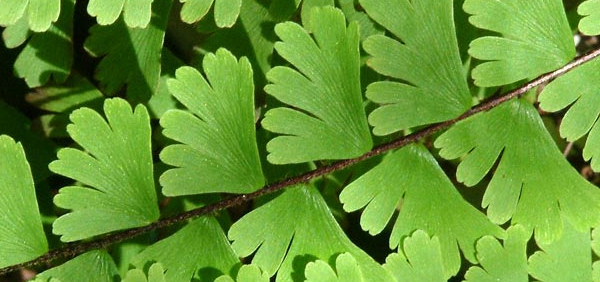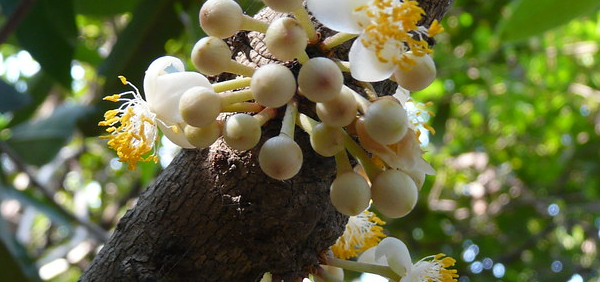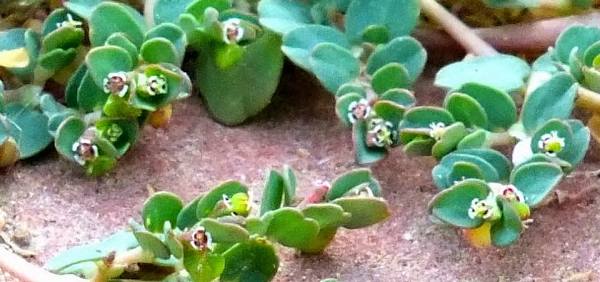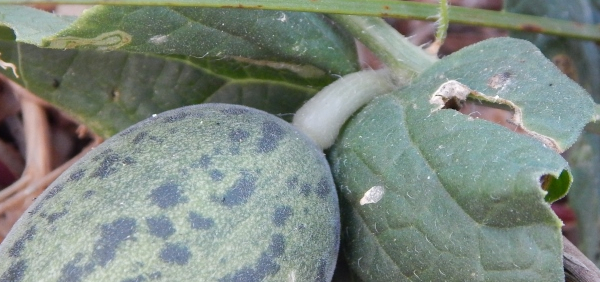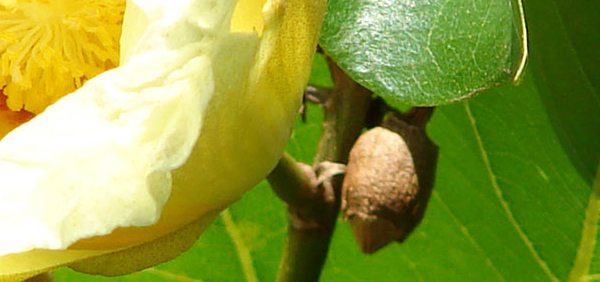nandivriksha :
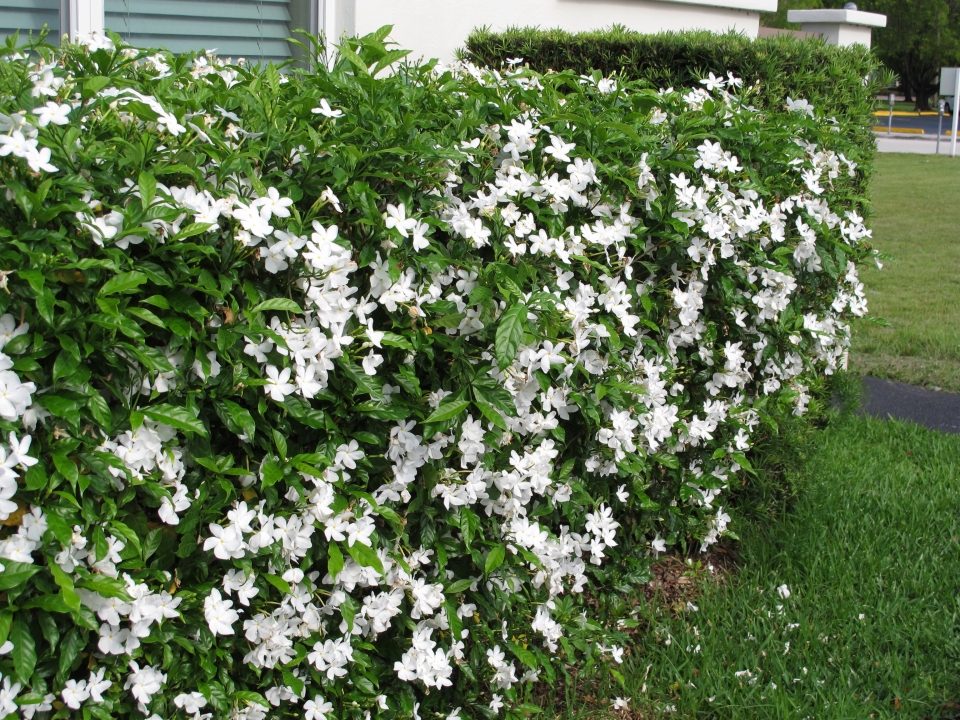
General Use:
The wood is refrigerant
The roots are astringent. A decoction is used in the treatment of diarrhoea and various abdominal complaints. An infusion is applied as a remedy for jungle fever. The roots are used in modern medicine to treat hypertension, headache, and scabies.
The pounded roots are applied to sore eyes. The root is employed as a local anodyne and chewed for the relief of toothache
Therapeutic Uses:
the roots are used to treat hypertension, headache, and scabiesSystemic Use:
The pounded leaves are an ingredient of a cough medicine taken as an infusion. An infusion of the leaves is used to treat grippe (influenza)
The flowers, mixed with oil, are applied to sore eyes
The latex of the leaves is used as a cooling application for wounds to prevent inflammation
In Thailand, the plant is used as an emetic
The roots, leaves, and flowers are all used in the treatment of snake and scorpion poisoning
Administration:
Root, bark, leaves, sap, flowersPharmacological:
Grape jasmine is widely used as a medicinal herb in the tropics. Indeed, in India the applications in traditional medicine are so numerous that the plant may well be classified as a panacea for gastro-intestinal, urogenital and skin affections Considered antioxidant, anti-infection, anti-inflammatory, anti-tumor, analgesic.- » Classification and names of nandivriksha
- » Synonyms and definitions of nandivriksha
- » Drug Properties of nandivriksha
- » Chemical Constituents of nandivriksha
- » Standardization of nandivriksha
- » Parts used and Dosage of nandivriksha
- » Morphology and Histology of nandivriksha
- » Distribution and Conservation of nandivriksha
- » Cultivation of nandivriksha
- » nandivriksha in the market
- » Medicinal Uses of nandivriksha
- » Researches and clinical trails of nandivriksha
- » nandivriksha in other sytems of medicine
- » Ayurvedic formulations with nandivriksha
- » Images of nandivriksha



